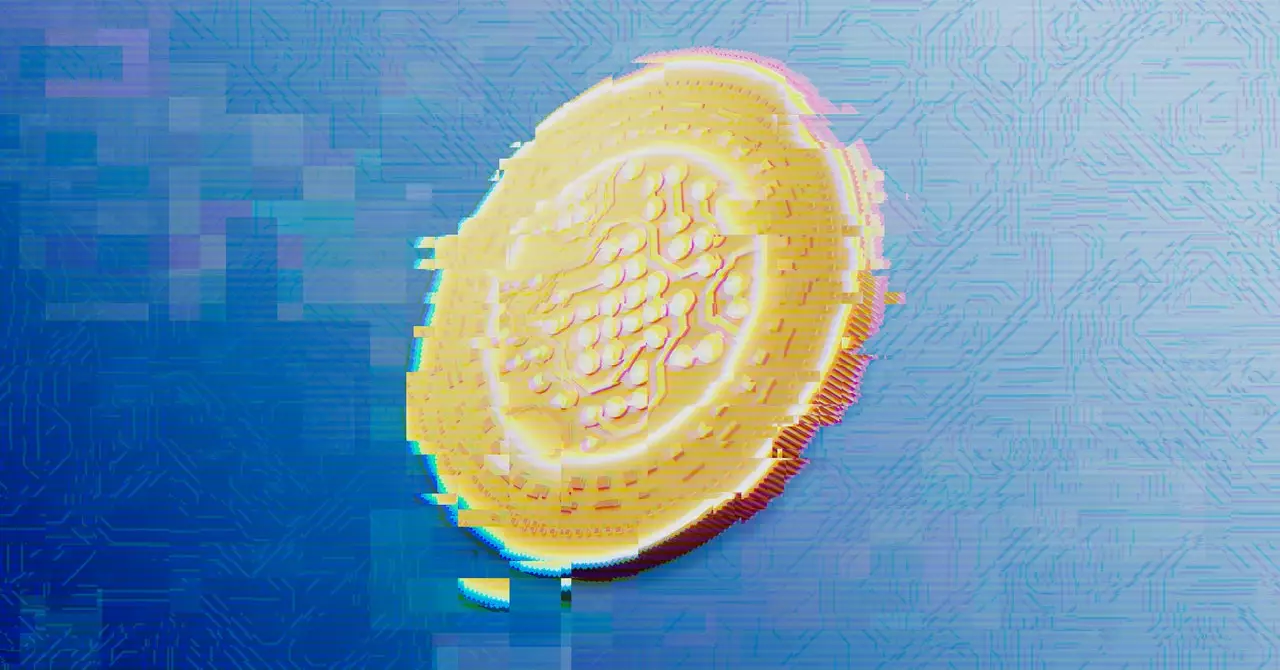In a remarkable fusion of affection and ingenuity, three technologists from India devised a clever solution to bypass Apple’s restrictive settings on the AirPod Pro 2s. Their motivation was simple yet profound: to activate the hearing aid feature for their beloved grandmothers. Using makeshift components like a Faraday cage—a structure designed to block electromagnetic fields—and a microwave, they engaged in a creative, albeit risky, trial-and-error process. This charming tale offers a refreshing contrast in the tech world, which is often marred by discussions of cybercrime and malevolent use of technology. The story exemplifies how technology can be wielded for love and care, highlighting a more humane aspect of the tech ecosystem often overshadowed by its darker iterations.
Yet, alongside such uplifting narratives, the landscape of technology remains dauntingly complex, rife with both advancements and ethical considerations. This blend of technical wizardry and the ethical quandaries surrounding technology reminds us that the digital age can encompass both profound innovation for good and the seeds of potential misuse.
On the more formidable side of technology, the U.S. military is advancing its arsenal with AI-driven systems designed for modern warfare. The Bullfrog, an AI-enabled machine gun under development by Allen Control Systems, embodies the military’s response to the escalating threat posed by cost-effective, small drones that populate contemporary battlefields. This innovation represents a radical shift in military strategy, emphasizing autonomous technologies capable of rapid targeting and engagement without human intervention. While heralded for their potential to increase battlefield efficacy, such developments raise critical questions about the future of warfare and ethical implications surrounding autonomous weaponry.
As nations invest heavily in developing AI-driven military technology, the global implications are monumental. These advancements challenge existing conventions of warfare, blur the lines between combatants and civilians, and escalate fears regarding technology’s role in human conflict. The stakes are infinitely higher when technology intended for defense becomes a tool of destruction, underscoring the urgent need for comprehensive discussions about ethical guidelines in military technology.
In a disturbing turn of events, the Justice Department reported this week that an 18-year-old Californian has confessed to orchestrating over 375 swatting incidents across the nation. This alarming trend highlights the extent of irresponsible behavior facilitated by digital anonymity, where individuals exploit technology to cause havoc under the guise of harmless pranks. Swatting attacks not only drain law enforcement resources but pose serious risks to lives, all while exposing the vulnerabilities inherent in our reliance on digital platforms for communication.
Moreover, these incidents draw attention to the nuances of digital safety in an era of rampant misinformation and manipulation. As technology evolves, so too do the threats that accompany it, necessitating robust measures and dialogues surrounding cybersecurity, personal responsibility, and ethical conduct in digital interactions.
Not all tales of technology narrate a sincere dedication to innovation; some instead detail criminal exploits that test the limits of the digital sphere. The infamous $71 million hack of the Bitfinex cryptocurrency exchange in 2016 is a case in point, spotlighting the darker aspects of the cryptocurrency boom. The recent sentencing of Ilya Lichtenstein, one of the perpetrators, sheds light on the convoluted world of cybercrime and recovery, where law enforcement’s application of advanced investigative methods ultimately led to the recovery of billions in stolen assets.
This saga not only underscores the capabilities of law enforcement but lays bare the vulnerabilities of digital finance in an age where blockchain and cryptocurrencies challenge conventional notions of security and theft. As scams and hacks proliferate, the necessity for enhanced digital literacy and sophisticated security practices becomes increasingly apparent, providing a call to action for both individuals and institutions within this rapidly evolving landscape.
In a unique twist, scammers are employing artificial intelligence as part of their arsenal, leveraging advanced technologies like deepfakes for their nefarious purposes. However, defenders are now turning to AI as a countermeasure. The innovative “AI granny” system by British telecom firms Virgin Media and O2 exemplifies this trend. By engaging scammers in lengthy conversations, the system effectively frustrates their efforts and prevents potential victims from falling prey to scams.
This technological duel signifies a broader evolution in the digital landscape, wherein traditional adversarial roles are dynamically shifting and adapting to each other’s strategies. As criminals refine their methods, so too must defenses evolve, challenging the notion of security to remain one step ahead in an ongoing game of digital cat-and-mouse.
As we wade through these multifaceted narratives—from the loving innovation of technologists striving to enhance life for their families to the grave implications of military AI—the digital landscape continues to expand and evolve. The intertwining of ethical considerations, legal responsibilities, and innovative solutions is a clarion call for comprehensive discourse on the intersection of technology and society. As we forge ahead, fostering a culture of responsibility, awareness, and ethical advancement will be paramount in navigating this intricate and ever-changing technological tapestry.

